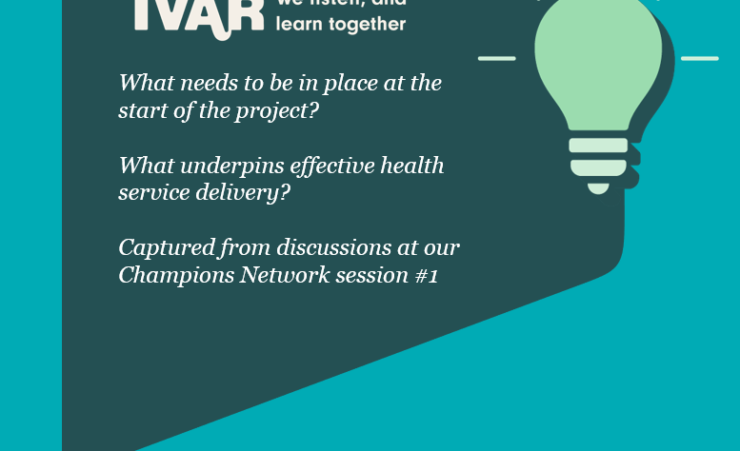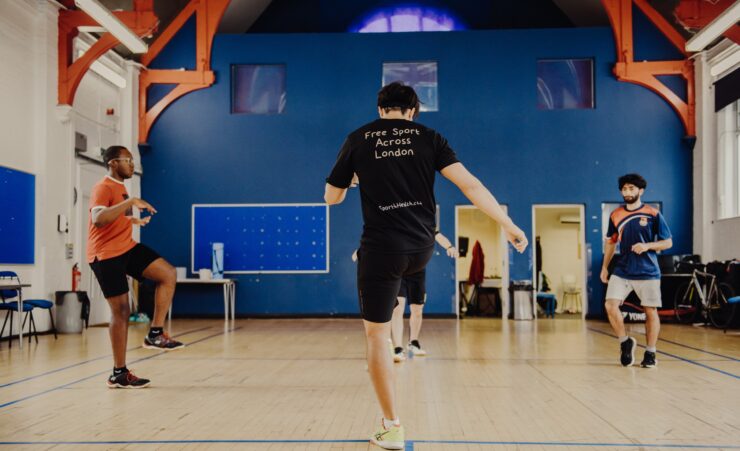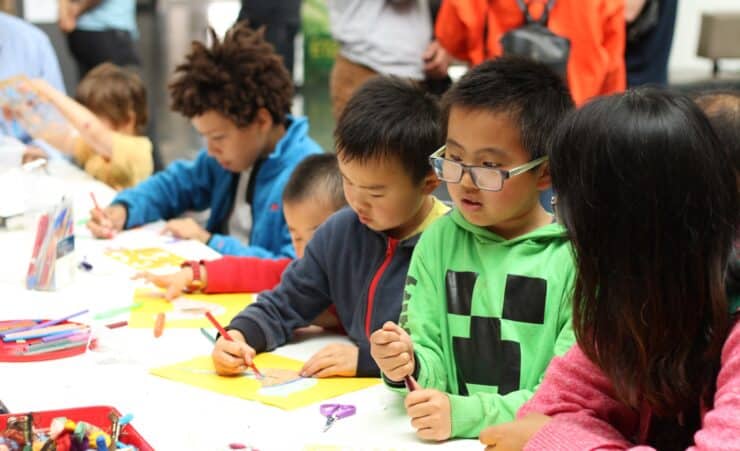
The path to partnership starts with dialogue
Having conversations that count
Introduction
Once you’ve brought the ‘right people’ to the table, how do you have an effective conversation that leads to a fruitful and productive partnership? We recently convened a session of our Champions Network, which brought together cross-sector leaders from Cheshire East, East Sussex, North Yorkshire, Sheffield, St Helens, Wandsworth and Wirral. They shared what they had learned in engaging in dialogue to build these kinds of partnerships.
First impressions matter when bringing together partners to collaborate, particularly when charities and voluntary sector organisations are stretched for time and capacity. Getting that all important first meeting right can feel daunting, so below we’ve pulled out the highlights of the recent discussion on dialogue to share the learning.
What is dialogue?
Dialogue helps us to collaborate with others by establishing communication that is open and enquiring.
Dialogue:
- Assumes that many people have a part of the answer
- Tries to work with others to find common understanding
- Listens to understand and seek agreement
- Reveals assumptions for examination
- Seeks to discover options.
The benefits
10 ways to support dialogue
1. Meeting face-to-face supports making connections and building relationships. Relationships are as important as delivering project action plans.
2. Start with talking about the change you want to see. How do we reduce inequalities? How do we get funding to make this happen? Think creatively about how to create culture change and impact on the ground.
3. The first question can be a basic, fundamental, and appreciative inquiry. This establishes a positive note and a learning conversation that can make it easier when delving into the challenges. It could be:
What’s working well and what can we learn from that?”
4. Learning questions promote dialogue, which is especially important when we have resource, time, and cultural constraints.
5. Find the things the group have in common: language, values and goals; can help everyone come together.
6. Leave organisational hierarchy at the door so that we can connect as individuals. It also helps to recognise that problems are often systemic and not personal so making sure we have the right people together is important.
7. Focus on the future and remind others of that:
Having a mindset of wanting to create a better future here is helpful.”
8. Continue to listen throughout the conversation. A compassionate, relational leadership approach supports the building of relationships.
9. Encourage stakeholders and collaborators to commit to the shared goal. Change is complex and cannot be solved by one person alone. Accepting this can be freeing and lead to achieving some great things.
10. Highlight how we can use dialogue on the path to partnership to make change easier when creating solutions and reaching our end goal – together.


